Home>Interior Design>Signs It Is Time To Repaint A Wall: According To Pro Painters
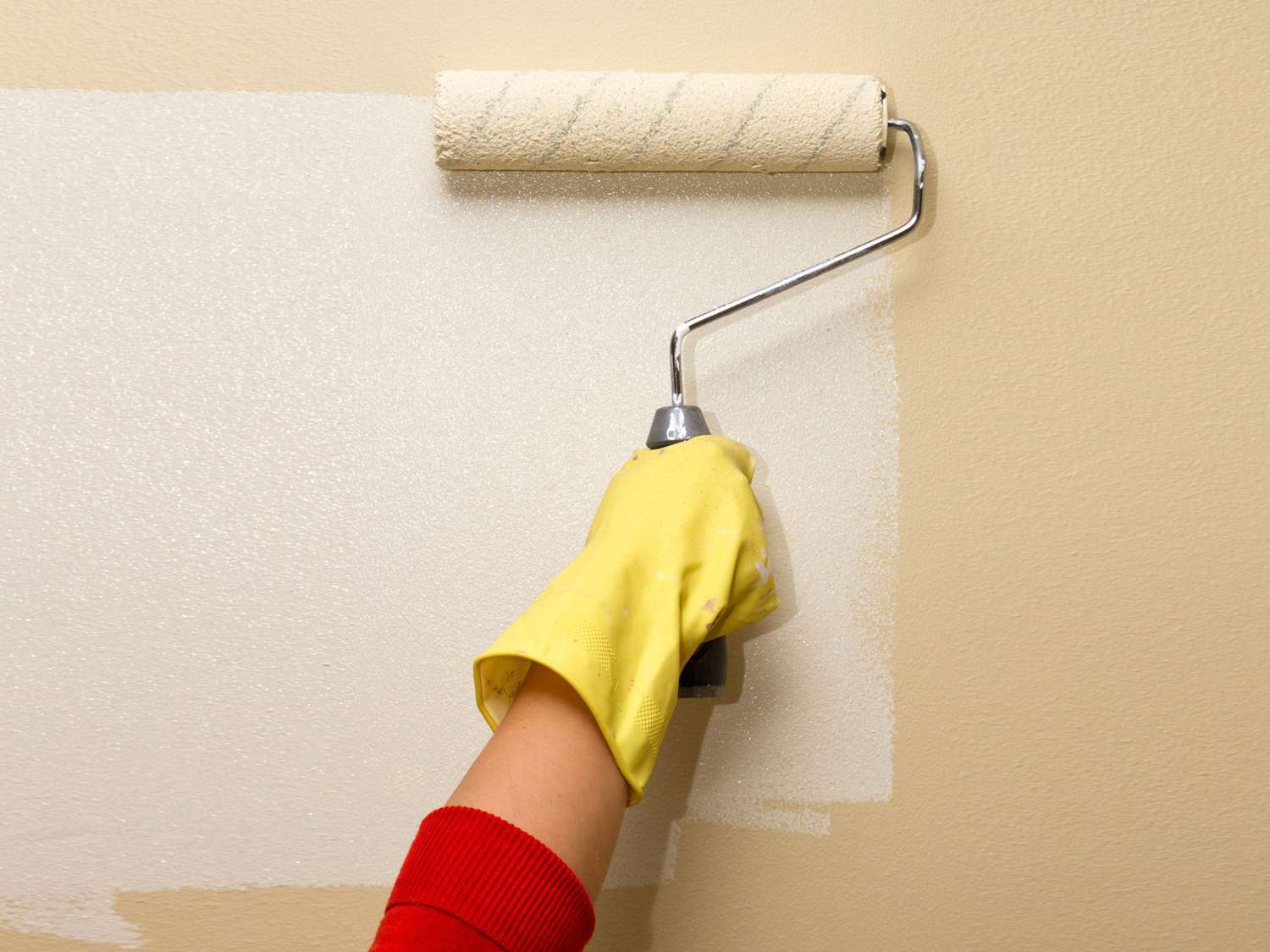

Interior Design
Signs It Is Time To Repaint A Wall: According To Pro Painters
Modified: January 5, 2024
Discover the signs it's time to repaint your interior walls, according to professional painters. Enhance your home's interior design with a fresh coat of paint.
(Many of the links in this article redirect to a specific reviewed product. Your purchase of these products through affiliate links helps to generate commission for Storables.com, at no extra cost. Learn more)
Introduction
Painting a wall can transform the entire look and feel of a space. Whether you’re looking to refresh the aesthetics of your home or revamp an office space, a fresh coat of paint can do wonders. Over time, however, walls can start to show signs of wear and tear, making it necessary to repaint them. But how do you know when it’s time for a new paint job? In this article, we will explore some of the common signs that indicate it’s time to repaint a wall, according to professional painters.
Proper maintenance and regular inspections of your walls are key in determining when they need repainting. While some signs may be obvious, others can be more subtle. By understanding these signs, you can ensure that your walls always look their best and maintain their durability.
So, let’s dive into the indicators that it’s time to repaint a wall and give your space the fresh, vibrant look it deserves.
Key Takeaways:
- Regularly inspecting walls for fading, peeling, water damage, and mold growth can help determine when it’s time to repaint, maintaining aesthetics and protecting against further damage.
- Repainting walls with modern colors and addressing any damage or holes can revitalize a space, infusing personality and ensuring a lasting, visually pleasing result.
Fading or Discoloration
One of the most common signs that it’s time to repaint a wall is fading or discoloration. Over time, exposure to sunlight, humidity, and general wear and tear can cause the paint on your walls to lose its vibrancy and luster.
When you notice that the color of your walls is no longer as vivid as it once was or if there are areas where the paint has noticeably faded, it’s a clear indication that it’s time for a fresh coat of paint. Faded or discolored walls can make a space appear dull and outdated, affecting the overall aesthetic of the room.
Rejuvenating the color of your walls not only enhances the visual appeal of the space but can also uplift your mood. Repainting with a fresh, vibrant color can breathe new life into a room, making it feel more inviting and energetic.
Additionally, fading or discoloration can also be caused by exposure to smoke, pollutants, or water damage. If you notice any of these factors contributing to the discoloration, it’s crucial to address the issue promptly. Repainting not only improves the appearance of the walls but also helps protect them from further damage.
Peeling or Cracking Paint
Another obvious sign that it’s time to repaint a wall is when you notice peeling or cracking paint. This can occur due to various reasons, such as poor quality paint, improper application, moisture issues, or structural problems.
When the paint starts to peel or crack, it not only looks unsightly but also exposes the wall to potential damage. Moisture can seep through the gaps in the paint, leading to water damage, mold, or mildew growth. Additionally, peeling paint can create a rough and uneven surface, affecting the overall aesthetics of the room.
If you notice any peeling or cracking paint, it’s important to address it as soon as possible. Start by scraping off the loose paint and sanding the surface to create a smooth base for the new paint. Applying a fresh coat of primer and paint will not only improve the appearance of the wall but also provide a protective barrier against further damage.
Regularly inspecting your walls for signs of peeling or cracking paint can help catch these issues early on and prevent them from escalating. Maintenance and proper surface preparation before painting can also help extend the lifespan of the paint and maintain the integrity of the walls.
Note: If you suspect that the peeling or cracking paint is caused by structural problems, such as foundation issues or wall movement, it’s recommended to consult a professional before repainting.
Water Damage or Stains
Water damage or stains on the walls are not only unattractive but also indicate underlying issues that need to be addressed. Whether it’s a leaking pipe, a roof leak, or insufficient waterproofing, water can wreak havoc on your walls.
When you notice water stains or discoloration on your walls, it’s crucial to identify the source of the water and fix the problem before repainting. Simply covering up the stains with paint will not solve the underlying issue and may lead to further damage in the future.
Water damage can cause the paint to bubble, warp, or peel, compromising the structural integrity of the wall. It can also result in the growth of mold and mildew, which not only looks unsightly but can also pose health risks.
Before repainting, it’s important to assess the extent of the water damage. If the damage is minimal and limited to a small area, you may be able to fix it yourself by scraping off the affected paint, drying the surface, repairing any underlying issues, and applying a fresh coat of paint.
However, if the water damage is extensive or there are signs of mold or mildew growth, it’s advisable to seek professional help. Professionals can not only address the underlying issues but also provide guidance on proper mold remediation techniques to ensure a safe and healthy living environment.
By addressing water damage and stains promptly and repainting the affected walls, you can restore the beauty and integrity of your space while protecting it from future water-related issues.
Mold or Mildew Growth
Mold and mildew growth on walls is not only unsightly but can also pose serious health risks. These fungi thrive in environments with high humidity, moisture, and poor ventilation. If left untreated, they can spread rapidly and cause damage to both the walls and your health.
If you notice black or green patches on your walls, a musty odor, or experience allergic reactions such as coughing or sneezing, it’s likely that you have mold or mildew growth. These organisms can stain the walls and deteriorate the paint, leading to a deteriorated appearance.
It’s important to address mold and mildew growth promptly to prevent further damage and potential health issues. Start by identifying the source of the moisture and fixing any leaks or addressing ventilation issues. Once the source of the problem is resolved, you can proceed with mold remediation.
Mold and mildew should be removed thoroughly before repainting the walls. You can use a mixture of water and bleach or a mold-specific cleaning solution to kill the fungi. Ensure that the area is properly cleaned, dried, and treated before applying new paint.
When repainting after mold remediation, it’s crucial to use mold-resistant paint or additives that can help prevent future mold growth. These specialized products contain antimicrobial properties that inhibit the growth of mold and mildew, keeping your walls clean and safe.
Regular inspections and maintenance can help prevent mold and mildew growth. Keep the humidity levels in check, promote good ventilation, and address any moisture-related issues promptly to avoid the recurrence of these fungi. Repainting with mold-resistant products offers an added layer of protection and peace of mind.
Look for signs of peeling, cracking, or fading paint, as well as visible dirt or stains that can’t be removed. These are indicators that it’s time to repaint the wall.
Chipping or Flaking
Chipping or flaking paint is a clear indication that it’s time to repaint a wall. Over time, exposure to harsh elements, such as sunlight, moisture, and fluctuating temperatures, can cause the paint to deteriorate and chip away.
When you notice areas where the paint is chipping or flaking, it not only detracts from the overall appearance of the room but also exposes the underlying surface to potential damage. The bare patches can leave the wall vulnerable to moisture intrusion, which can lead to water damage, mold growth, or even structural issues.
It’s essential to address chipping or flaking paint as soon as possible to prevent further damage and maintain the integrity of the wall. Start by scraping off the loose or damaged paint with a putty knife or a scraper. Sand the area to create a smooth surface for the new paint to adhere to.
After preparing the surface, apply an appropriate primer to ensure good adhesion and durability. Then, proceed with painting the wall with a high-quality paint that is suitable for the specific needs of the space, such as a durable and moisture-resistant paint for bathrooms or kitchens.
Regular maintenance and inspections can help you catch chipping or flaking paint early on and address the issue before it becomes more extensive. Keeping an eye out for signs of wear and tear and promptly repainting damaged areas can help prolong the lifespan of your paint and maintain the beauty of your walls.
Remember, proper surface preparation, including cleaning, sanding, and priming, is crucial to achieve a long-lasting paint job. Investing in quality paint and materials will ensure a durable and aesthetically pleasing finish that will stand the test of time.
Outdated or Dated Colors
One of the less obvious signs that it’s time to repaint a wall is when the current color scheme feels outdated or no longer matches your desired aesthetic. Just like fashion trends, interior design trends evolve over time, and what was once considered stylish may now feel tired or passé.
If you find yourself walking into a room and feeling uninspired or disconnected from the space, it might be a good indication that it’s time to update the color scheme. Repainting the walls with a fresh, modern color can completely transform the look and feel of the room.
Consider the mood and ambiance you want to create in the space. Are you looking for a calm and serene environment or a vibrant and energetic atmosphere? Research current color trends and how they can complement the existing furnishings and décor in the room.
Repainting the walls allows you to infuse your personality and style into the space. It gives you the opportunity to create a cohesive and harmonious environment that reflects your taste and preferences. Whether you opt for neutral tones for a timeless look or bold and vibrant shades for a statement, repainting can breathe new life into a room.
Keep in mind that choosing the right color can significantly impact the visual perception of a room. Lighter colors can make a space appear larger and more open, while darker shades can create a cozy and intimate ambiance. Consider the lighting conditions in the room and how the chosen color will interact with natural and artificial light.
If you’re unsure about the color choices, consult with an interior designer or professional painter who can provide guidance and expertise. They can help you select colors that complement your style and achieve the desired atmosphere.
Embrace the opportunity to update the colors on the walls and create a space that feels fresh, inviting, and aligned with your personal style.
Damage or Holes in the Wall
Damage or holes in the wall are not only unsightly but can also compromise the structural integrity of the space. Whether it’s from accidental impacts, furniture repositioning, or the removal of wall fixtures, these imperfections can detract from the overall appearance of a room.
If you notice any cracks, dents, or holes in your walls, it’s important to address them before repainting. Failing to do so can result in a less than satisfactory finish and may even cause further damage to the wall in the long run.
Start by assessing the severity of the damage. Small nail holes or minor dents can often be easily repaired with spackling paste or putty. Apply the paste, allow it to dry, and sand it down until smooth. This ensures a seamless surface for painting.
For larger holes or more significant damage, additional steps may be required. Use a drywall patch or mesh tape to cover the hole, apply joint compound or plaster over the patch, and sand it down until it blends in with the surrounding wall. Properly repairing such damage ensures that the paint will adhere evenly and result in a flawless finish.
Before repainting, it’s essential to clean the repaired area, removing any dust or debris. Depending on the size of the repaired section, you may need to apply a coat of primer to ensure an even color and texture when painting.
Properly addressing any damage or holes in the wall not only enhances the visual appeal of the room but also ensures the longevity and durability of the paint job. By repairing the walls before repainting, you create a solid foundation for the new paint and prevent any future issues.
If you’re unsure about the best way to repair the damage or holes in your walls, it’s recommended to seek guidance from a professional painter or contractor. They have the expertise and experience to handle various wall repairs and ensure a seamless finish that will leave your walls looking brand new.
Conclusion
Knowing when it’s time to repaint a wall is essential in maintaining the beauty and integrity of your space. Fading or discoloration, peeling or cracking paint, water damage or stains, mold or mildew growth, chipping or flaking, outdated colors, and damage or holes in the wall are all common signs that indicate the need for a fresh coat of paint.
Regular inspections and maintenance are key in identifying these signs early on and addressing them promptly. By taking preventative measures and repainting when necessary, you can not only improve the aesthetics of the room but also protect the walls from further damage.
When it’s time to repaint, consider factors such as color trends, personal style, and the mood you want to create in the space. Repainting offers an excellent opportunity to infuse your personality and revitalize the room. Selecting the right colors and using quality paint and materials will ensure a lasting and visually pleasing result.
Repairing any existing damage or holes in the wall before repainting is crucial to achieving a flawless finish. Whether it’s small nail holes or more significant damage, taking the time to properly address these issues will provide a solid foundation for the new paint and ensure a seamless appearance.
If you’re unsure about the best approach or lack the time or expertise for a DIY paint job, it’s worth considering hiring a professional painter. They have the knowledge and tools to tackle any challenges and deliver high-quality results.
Ultimately, repainting your walls is an investment in the overall look and feel of your space. It can transform a dull and worn-out room into a fresh, vibrant, and inviting environment. By staying attentive to the signs and taking action when needed, you can keep your walls looking their best for years to come.
Frequently Asked Questions about Signs It Is Time To Repaint A Wall: According To Pro Painters
Was this page helpful?
At Storables.com, we guarantee accurate and reliable information. Our content, validated by Expert Board Contributors, is crafted following stringent Editorial Policies. We're committed to providing you with well-researched, expert-backed insights for all your informational needs.
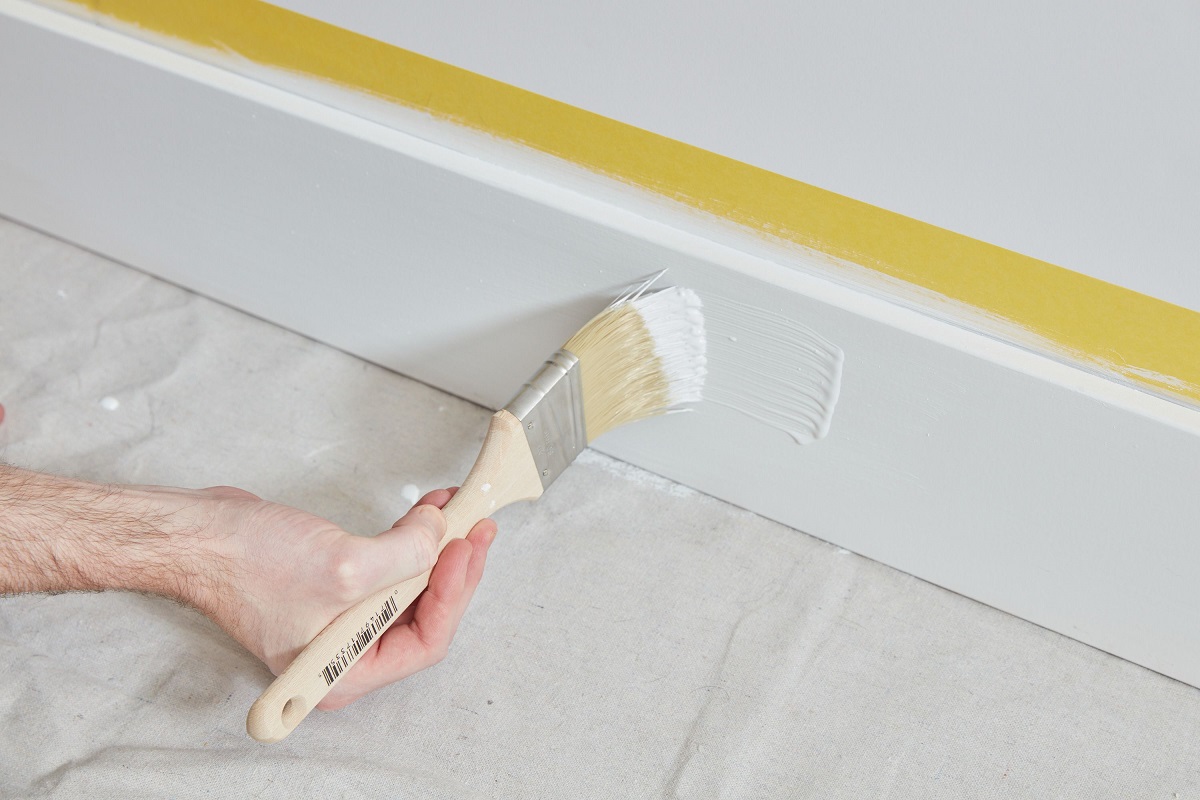
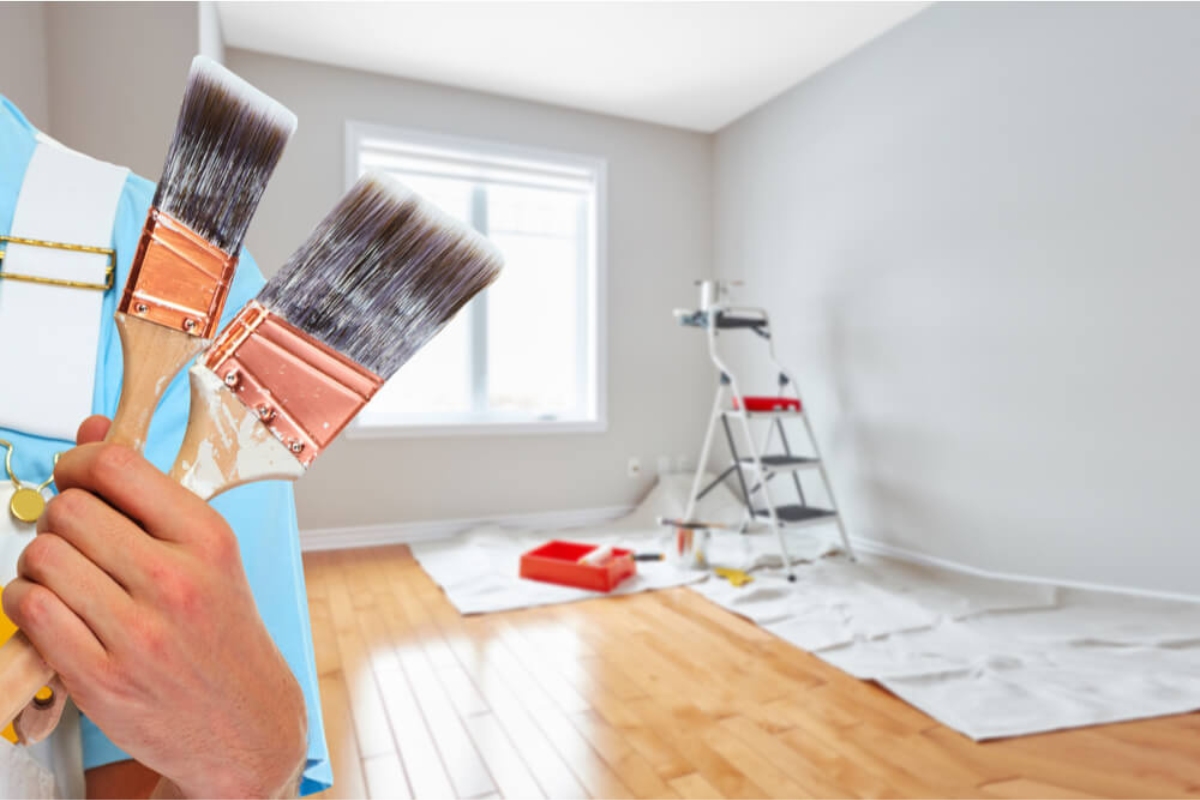



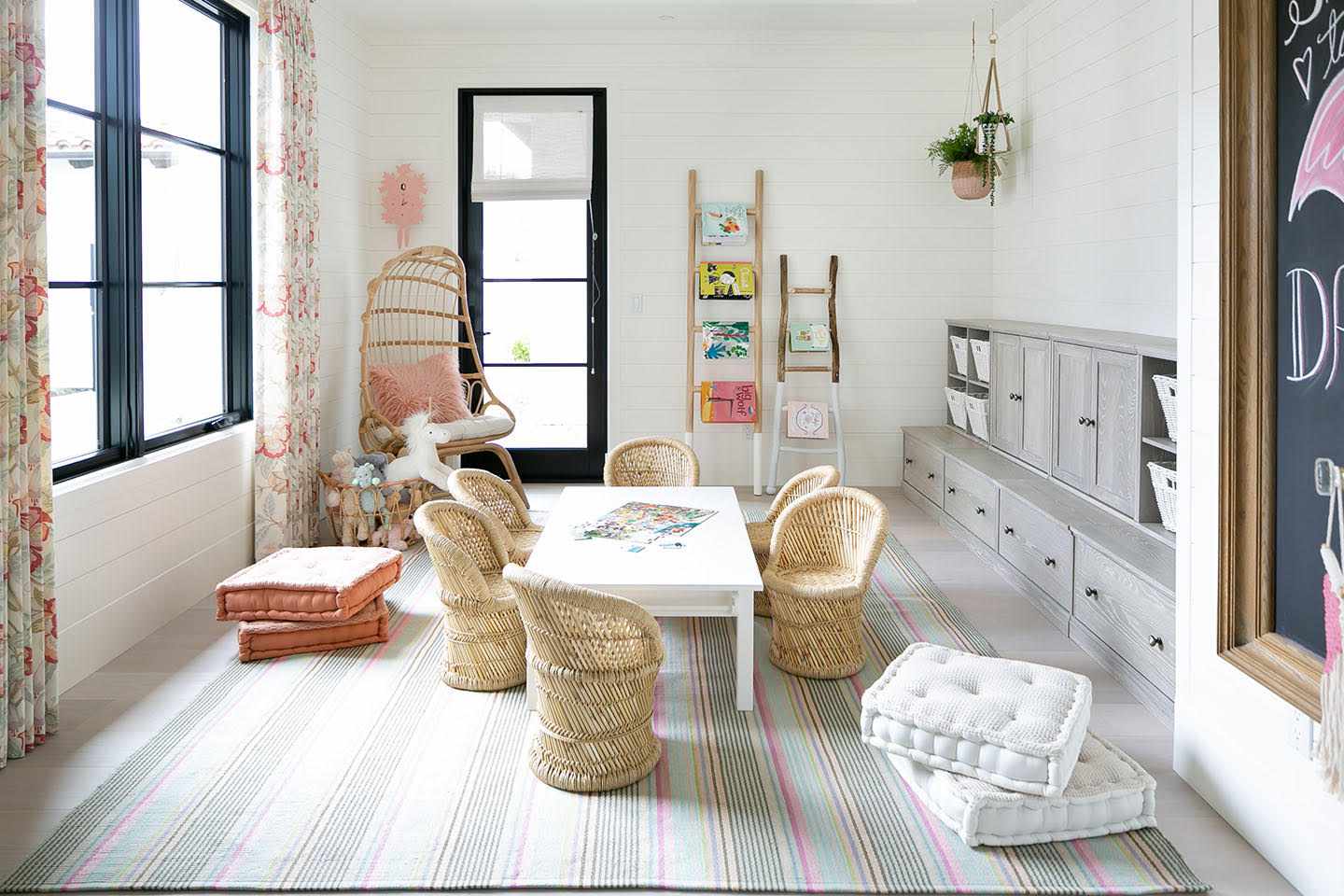
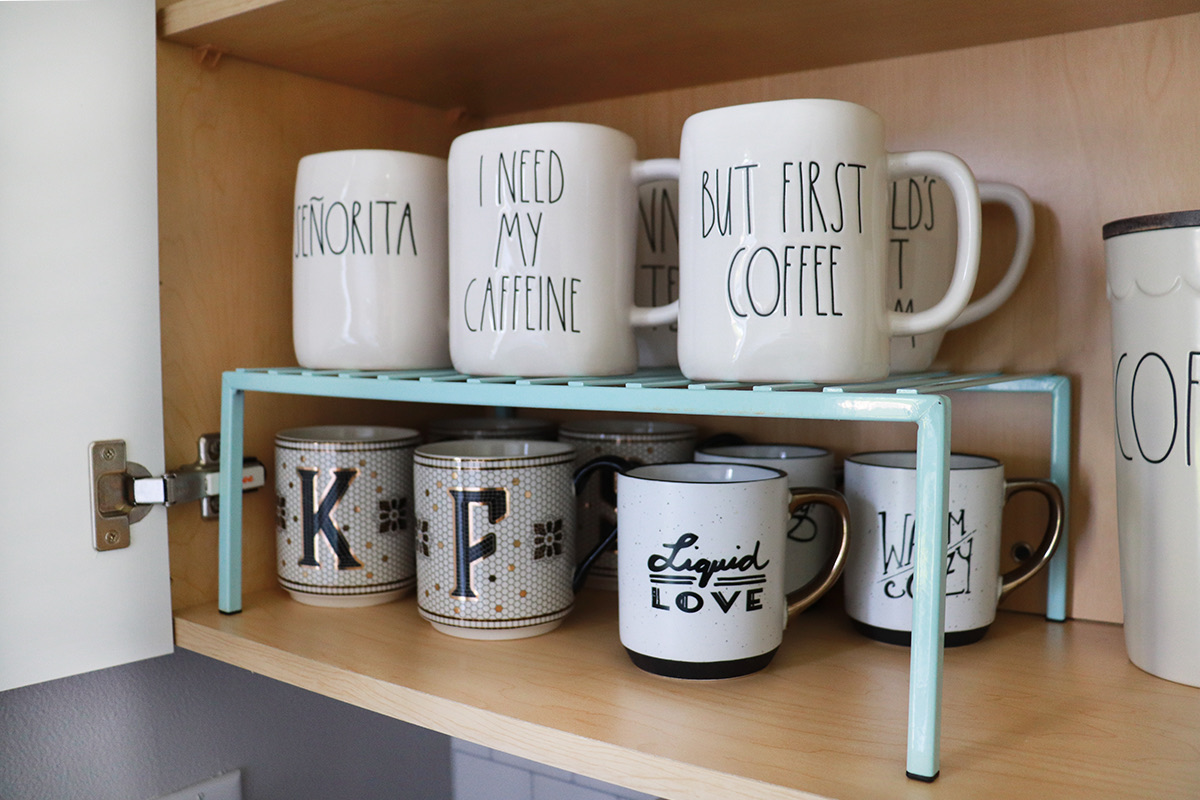


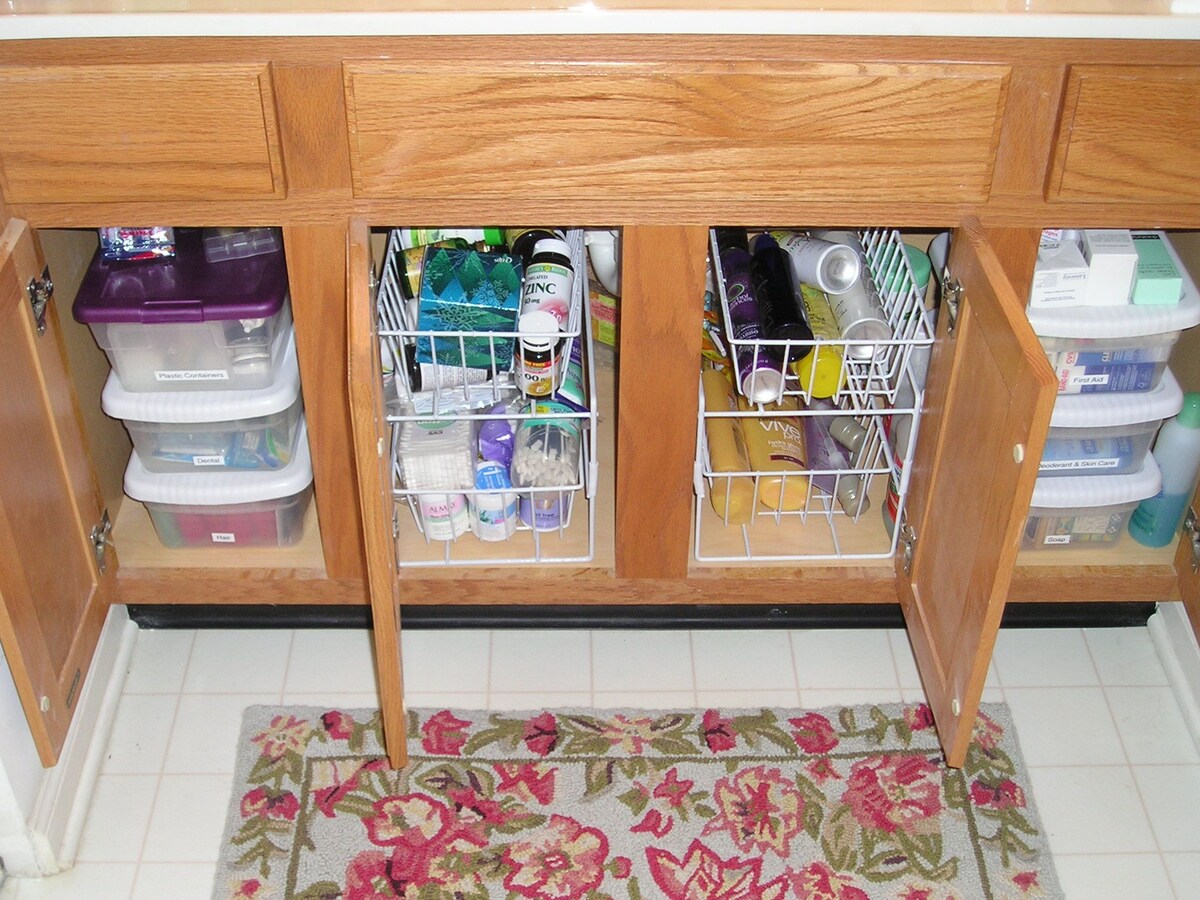
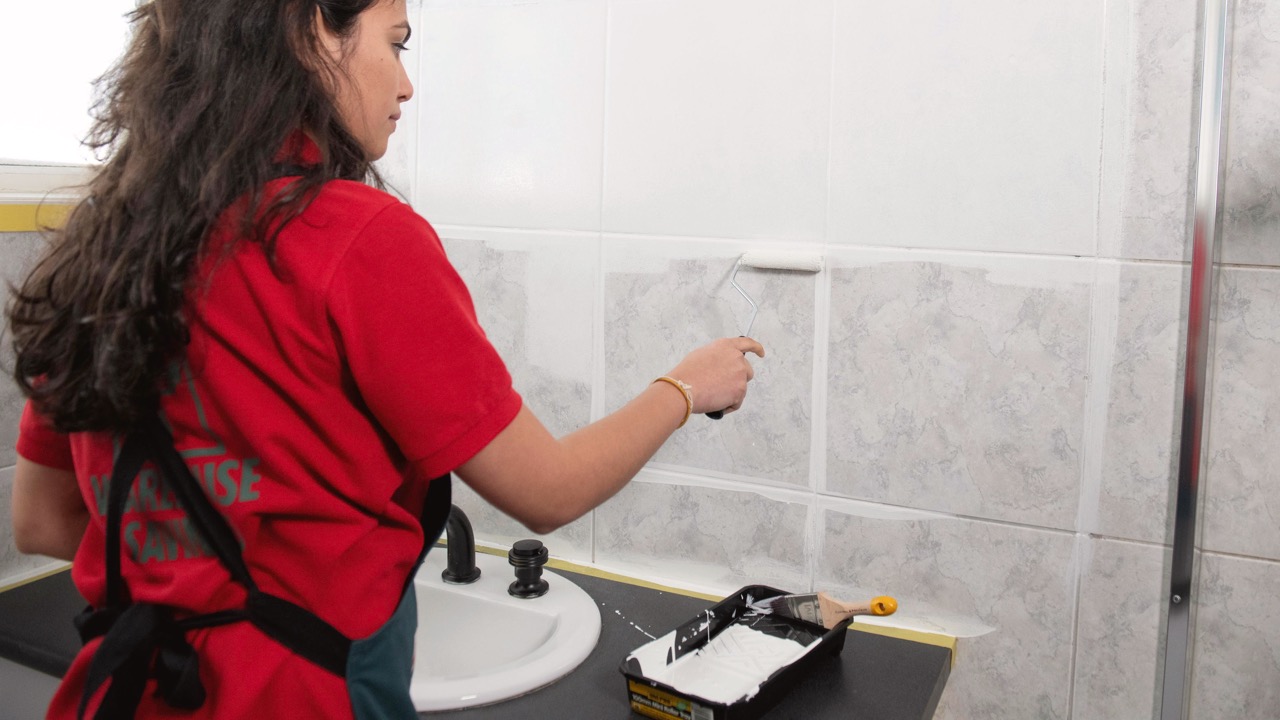

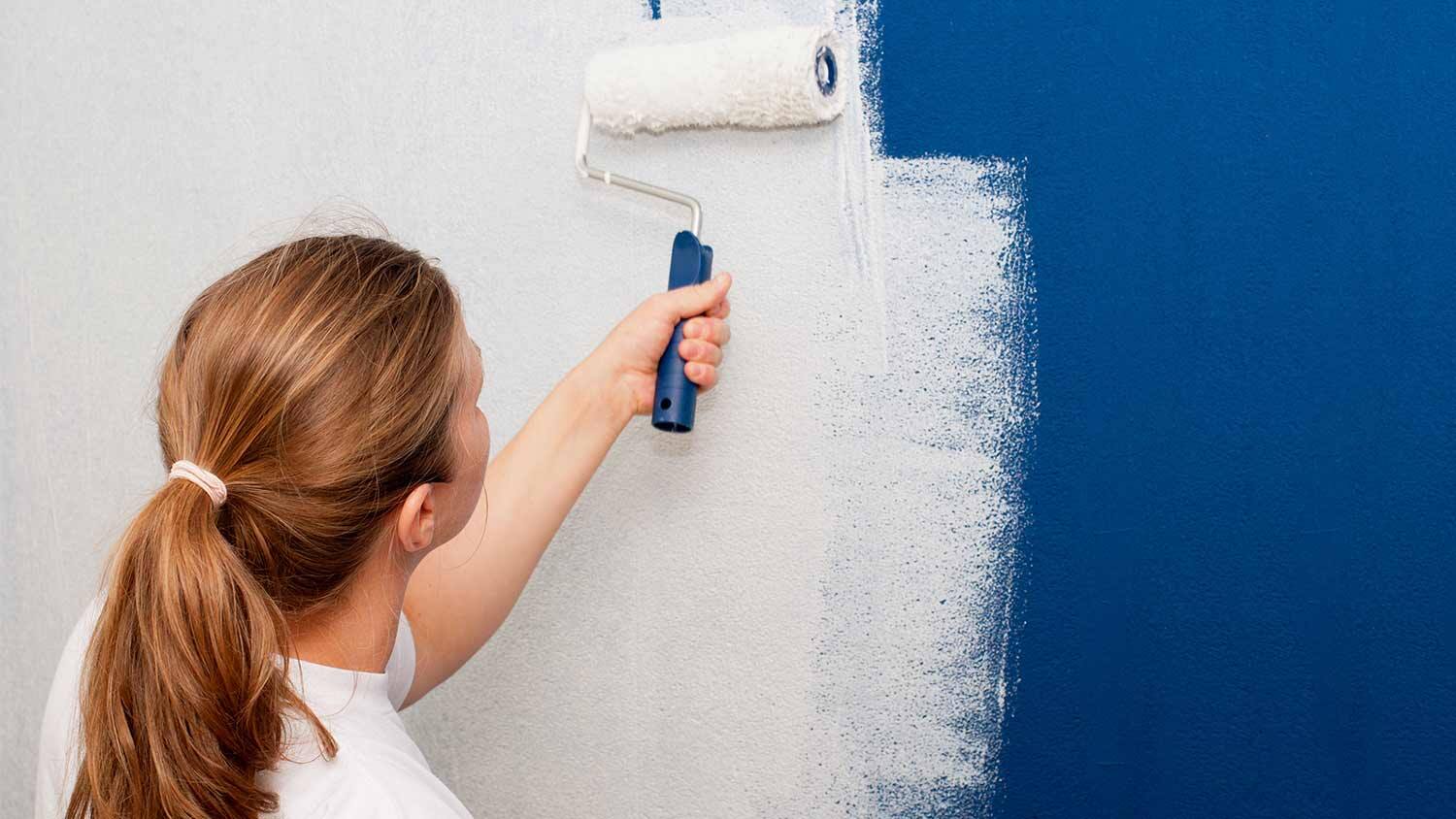
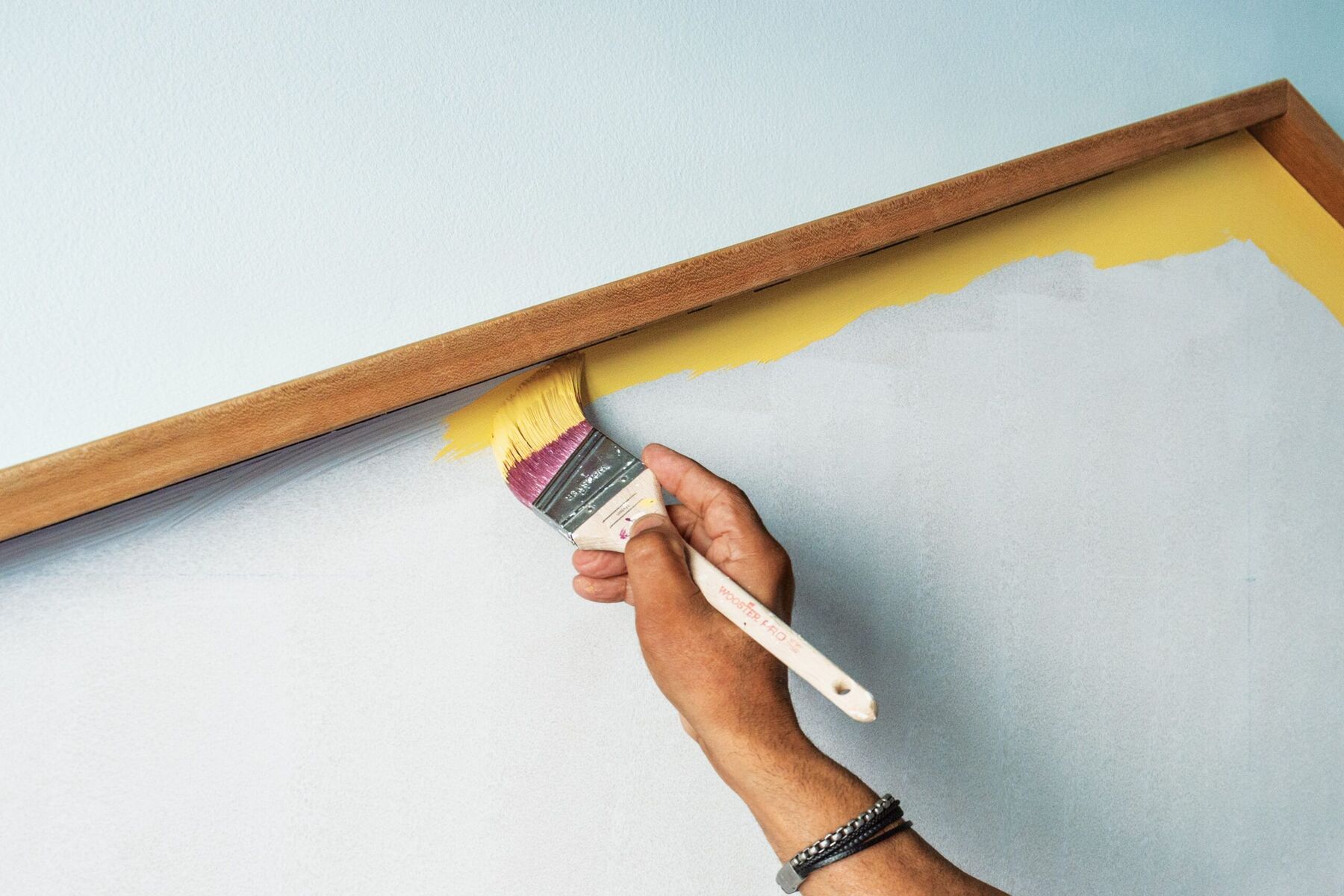

0 thoughts on “Signs It Is Time To Repaint A Wall: According To Pro Painters”